Interactive Global Folklore Encyclopedia - Global Folklore Exploration
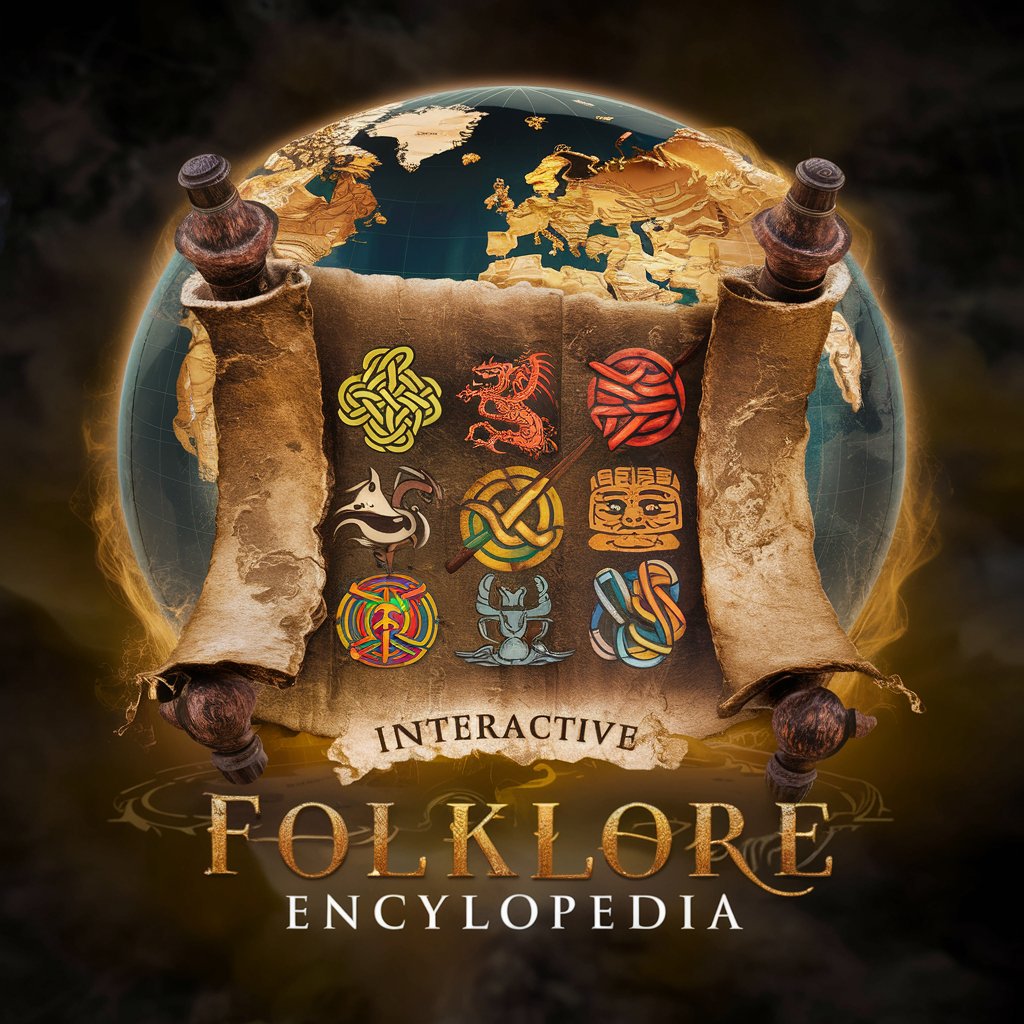
Welcome to the Interactive Global Folklore Encyclopedia, where every story connects us to the world.
Discover and Analyze Global Folklore AI-Powered
Tell me a folklore story from ancient Greece.
Can you explain the cultural significance of Japanese folklore?
Compare a myth from Norse mythology with one from another culture.
What are common themes in African folklore?
Get Embed Code
Introduction to Interactive Global Folklore Encyclopedia
The Interactive Global Folklore Encyclopedia is designed as a comprehensive, engaging platform for exploring global folklore and mythology. Its purpose is to provide users with rich, interactive narratives of folklore from around the world, incorporating cultural and historical contexts to enhance understanding. Through storytelling, cultural discussions, and interactive learning, it aims to foster appreciation and knowledge of the diverse traditions and myths that shape cultures globally. Examples of its use include narrating the epic tales of Greek mythology, exploring the nuanced folklore of Indigenous cultures, and comparing similar myths from different cultures, such as flood myths found in both Mesopotamian and Mesoamerican traditions. This approach not only educates but also encourages users to see the commonalities and unique aspects of global cultures. Powered by ChatGPT-4o。

Main Functions of Interactive Global Folklore Encyclopedia
Narration of Folklore and Myths
Example
Detailed storytelling of the Finnish epic, 'The Kalevala', including its cultural significance and impact on Finnish nationalism.
Scenario
A user interested in Finnish culture requests a narrative of 'The Kalevala' to understand its themes and historical context.
Cultural and Historical Discussions
Example
Analyzing the role of trickster figures in various cultures, such as Anansi in West African folklore and Loki in Norse mythology.
Scenario
A user compares trickster figures across cultures to explore their significance in moral and ethical teachings.
Interactive Learning Through Questions and Prompts
Example
Prompting users to consider how the story of Cinderella differs across cultures and what these variations signify about societal values.
Scenario
A discussion on the cultural variations of Cinderella fosters deeper insights into global perspectives on virtue and resilience.
Comparisons Between Similar Myths
Example
Comparing the Great Flood myths from Mesopotamian, Biblical, and Native American traditions to understand their cultural contexts.
Scenario
A user explores how different cultures interpret the theme of a world-engulfing flood and its moral implications.
Ideal Users of Interactive Global Folklore Encyclopedia Services
Students and Educators
Individuals in academic settings benefit from the encyclopedia's detailed narratives and analyses, enhancing their understanding of world cultures, literature, and history. It serves as a valuable educational tool, supporting curriculum development and fostering a global perspective.
Cultural Enthusiasts
People with a passion for exploring different cultures and their stories find the encyclopedia a rich resource for discovering new myths and understanding the traditions behind them. It offers insights into the diversity of human expression and the shared themes that unite cultures.
Writers and Artists
Creative professionals seeking inspiration from the vast array of global myths and folklore can utilize the encyclopedia to explore themes, characters, and motifs. It provides a wellspring of ideas for storytelling, character development, and artistic projects.

How to Use Interactive Global Folklore Encyclopedia
1. Initiate Exploration
Start by visiting a platform offering a no-cost trial of the Interactive Global Folklore Encyclopedia, accessible without any login requirements or the need for a premium subscription.
2. Choose a Folklore Interest
Select a specific region, culture, or folklore theme you are interested in exploring. This could range from ancient myths to contemporary folklore.
3. Specify Your Interaction Preference
Decide on your preferred interaction level—whether you want a simple narrative for younger audiences, a detailed story for deeper understanding, or a cultural analysis for academic purposes.
4. Engage with Content
Use the provided tools to read, listen to, or interact with the folklore narratives and analyses. Participate in discussions, ask questions, or explore related myths and folklore across different cultures.
5. Explore Further
Leverage the encyclopedia’s features to compare myths, understand cultural contexts, and delve deeper into the characters and motifs that appear across global folklore.
Try other advanced and practical GPTs
BlogBOT
Power Your Blog with AI-Driven Insights
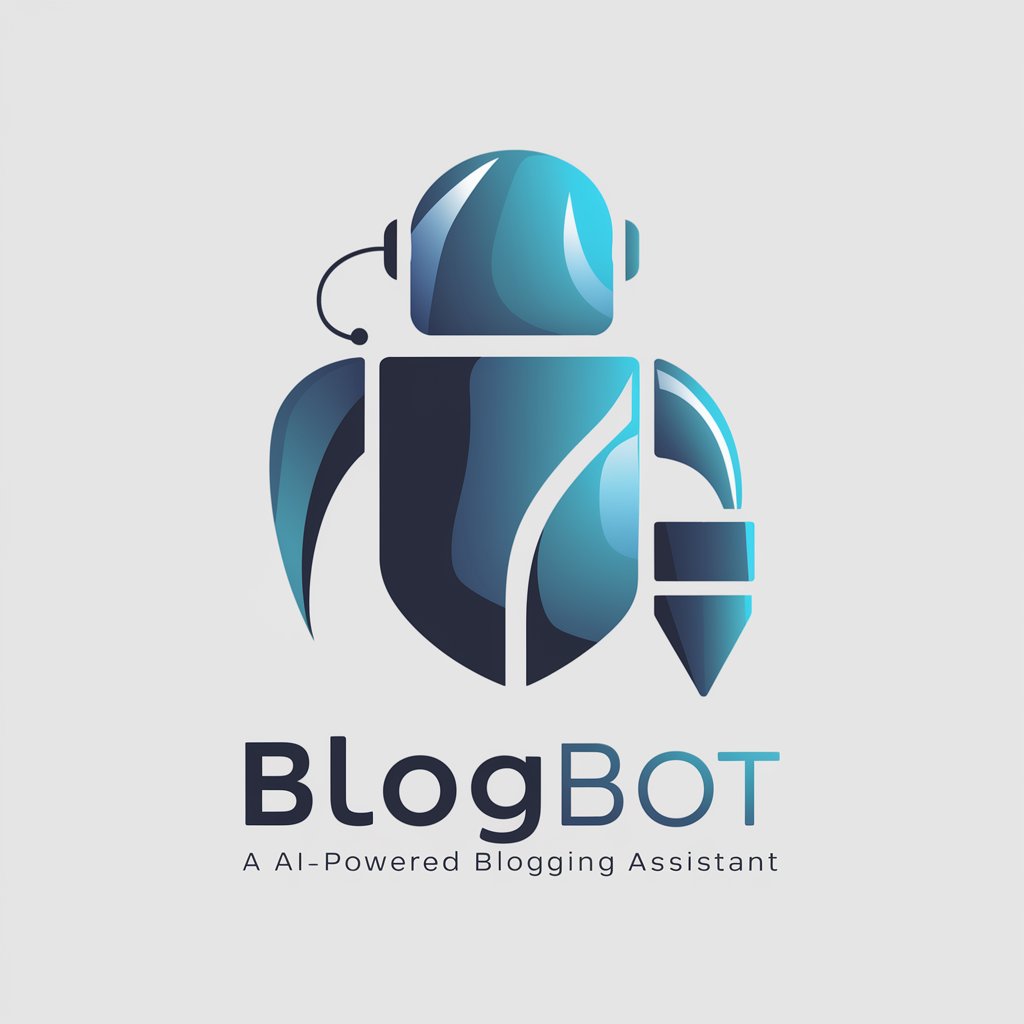
Chat With Me In...
Master languages with AI-powered conversations
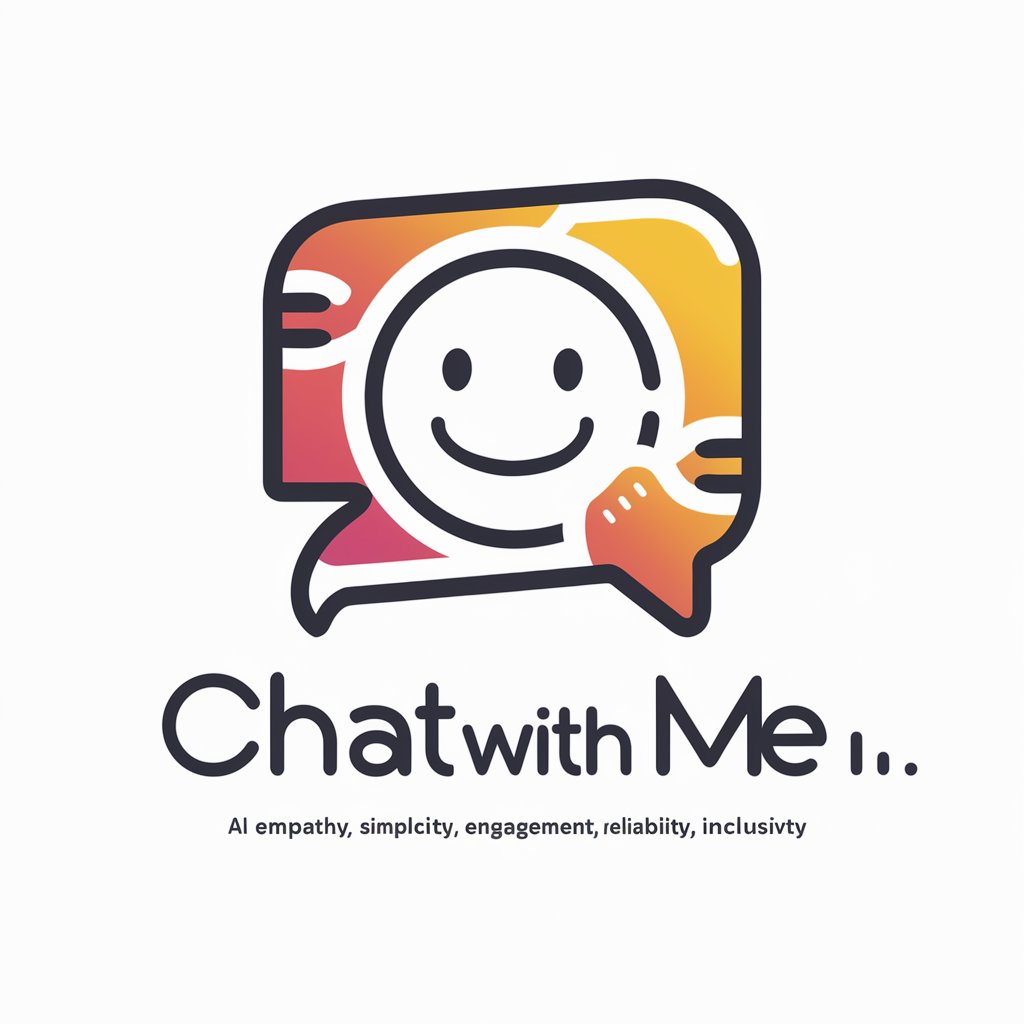
FintechGPT
Empowering Compliance with AI

IconFlair Designer
Craft Your Brand's Identity Seamlessly

Family Finance Assistant
AI-powered Financial Planning for Families

Stocks Helper
Empower your trading with AI-driven insights.

Mythos Meanderer
Unveiling Myths with AI
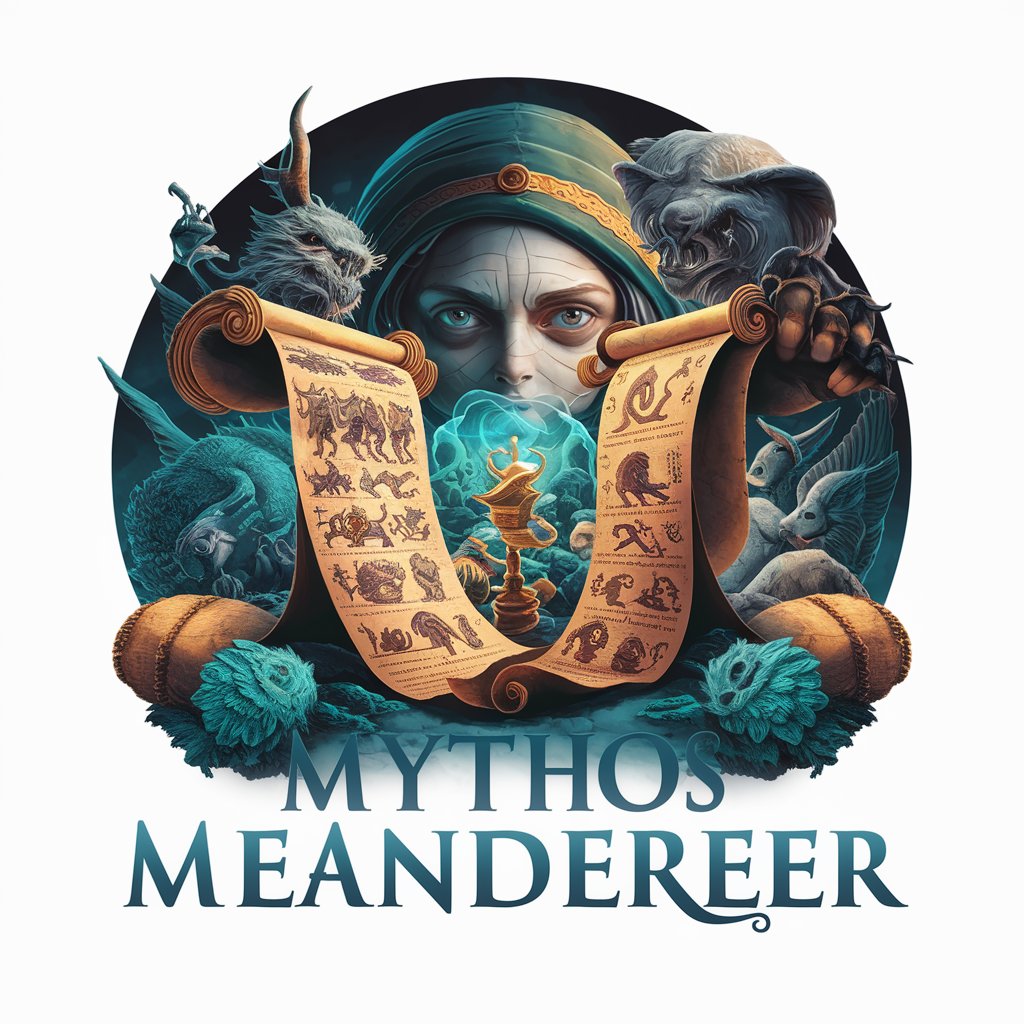
Fortune Teller
Empower Your Choices with AI-Powered Insights
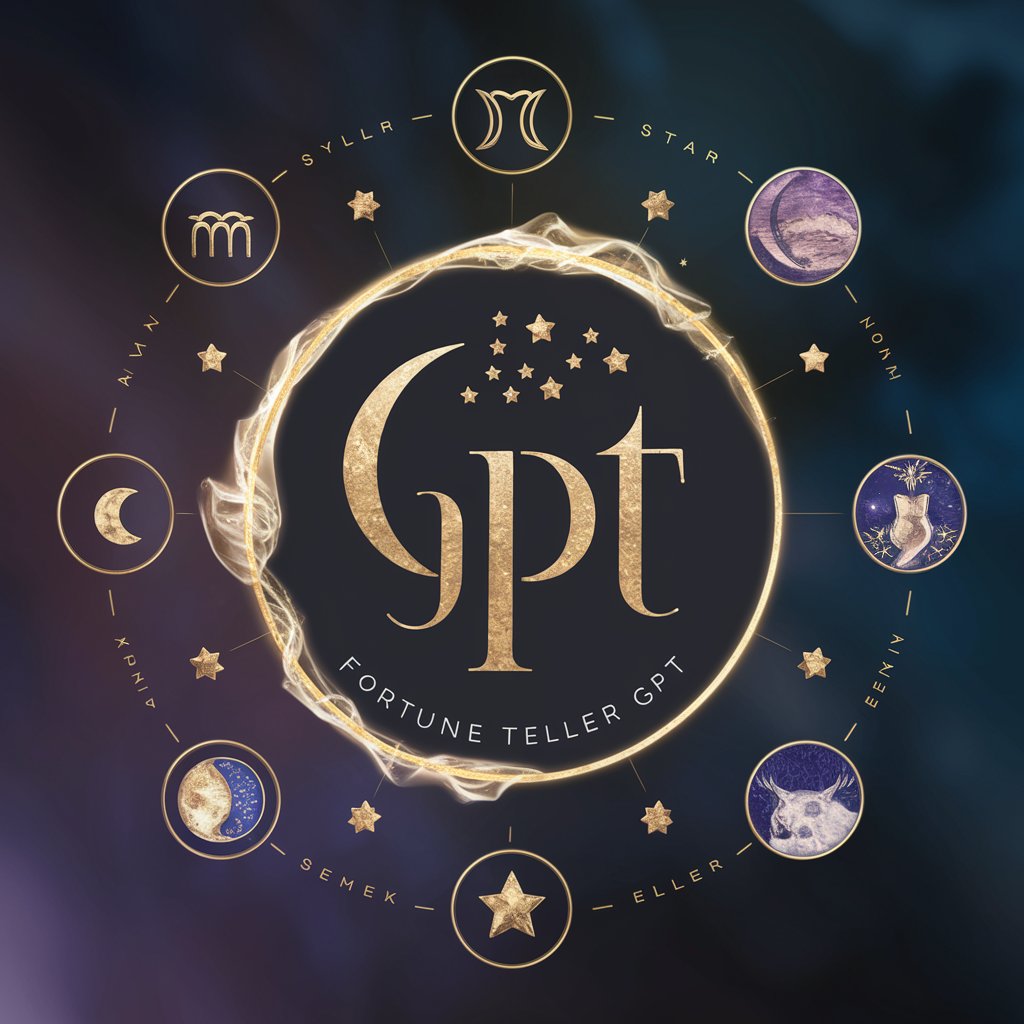
Humorous, Whimsical Persona
Elevate content with AI-powered humor
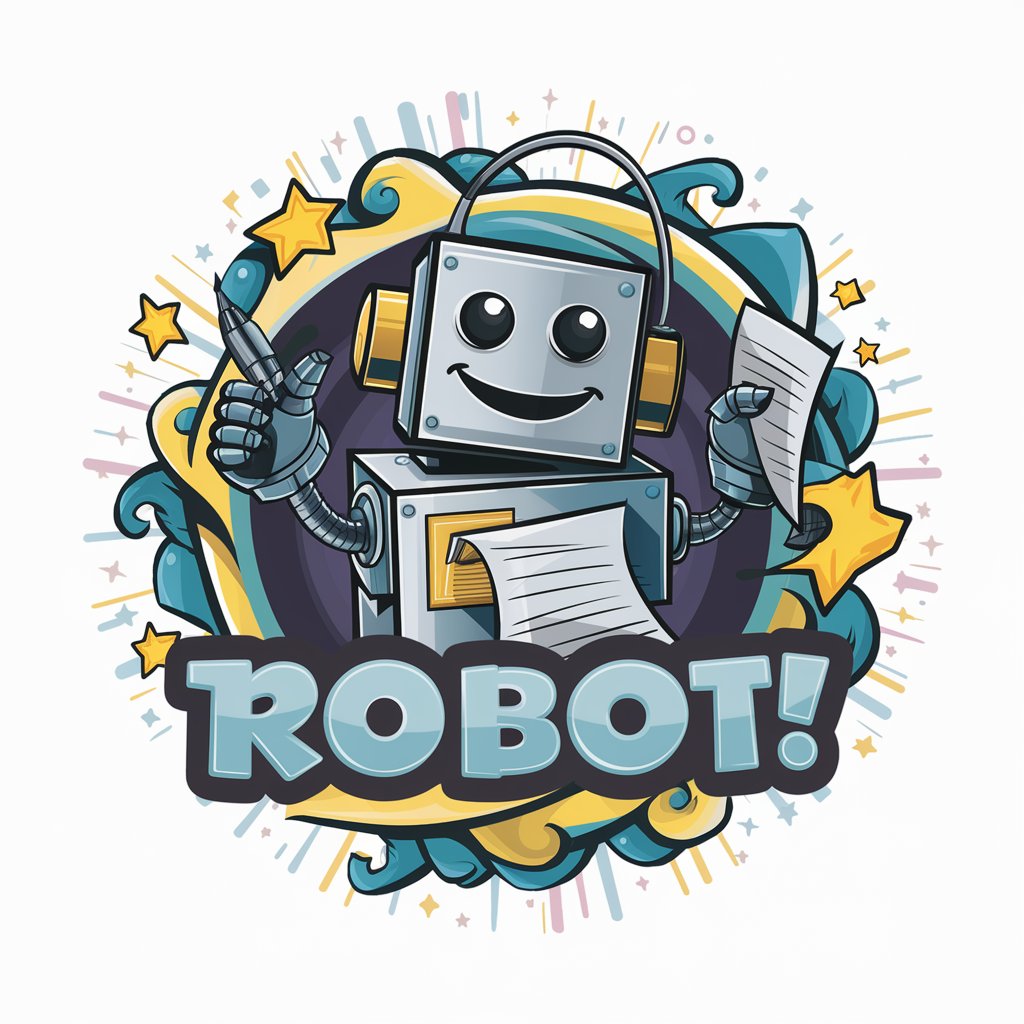
Funny Buddy
Unleash laughter with AI-powered humor
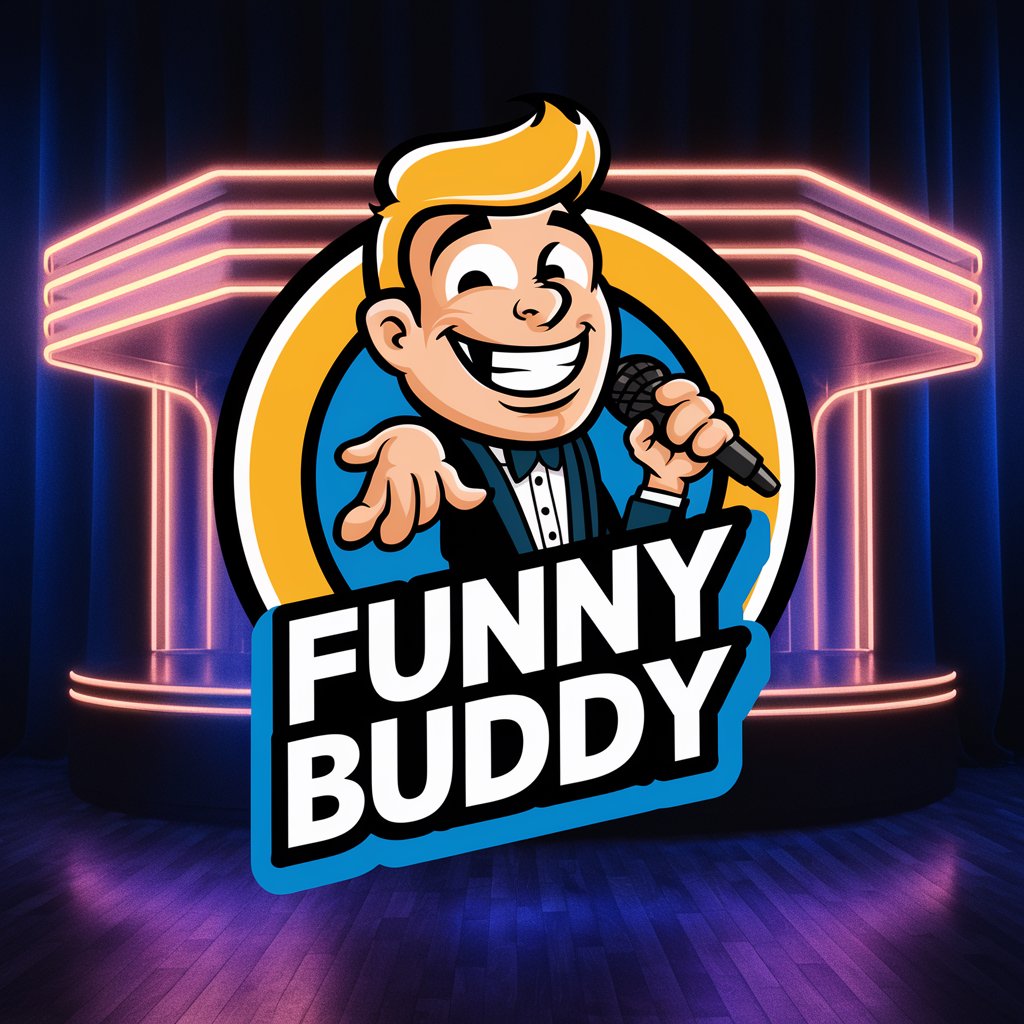
The Reality Transurfer GPT
Navigate Life with AI-Powered Reality Transurfing

Game Dev GPT
Craft, code, and create with AI

Interactive Global Folklore Encyclopedia Q&A
What types of folklore does this tool cover?
The Interactive Global Folklore Encyclopedia covers a broad spectrum of folklore and mythology from around the world, including ancient myths, urban legends, fairy tales, and traditional stories from diverse cultures.
Can I compare similar myths from different cultures?
Yes, one of the unique features is the ability to compare similar myths and stories from different cultures, allowing users to explore universal themes and diverse cultural interpretations of similar narratives.
Is this tool suitable for academic research?
Absolutely, it provides detailed narratives, cultural analyses, and historical contexts that are valuable for students, researchers, and academics studying folklore, anthropology, or cultural studies.
How does the tool adapt stories for younger users?
For younger audiences, the tool simplifies stories, focusing on moral lessons and engaging elements, while ensuring the content is easily understandable and appropriate for children.
Can users contribute or ask questions about folklore?
Yes, users are encouraged to engage with the content by asking questions, contributing their own insights, or requesting specific folklore narratives and analyses, fostering an interactive learning environment.
